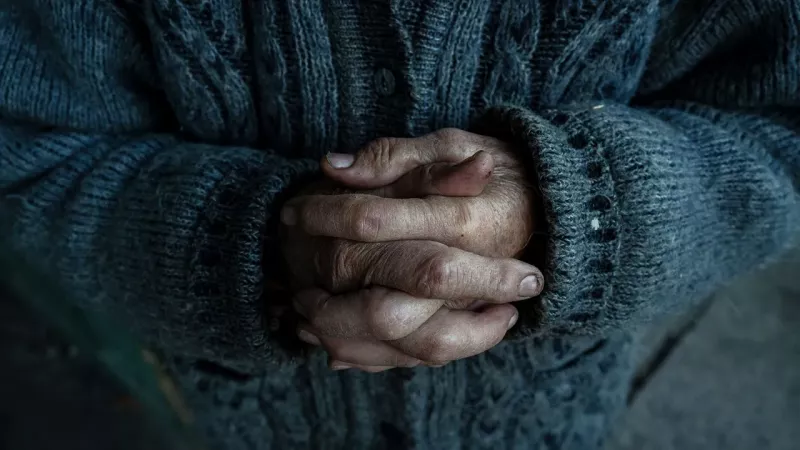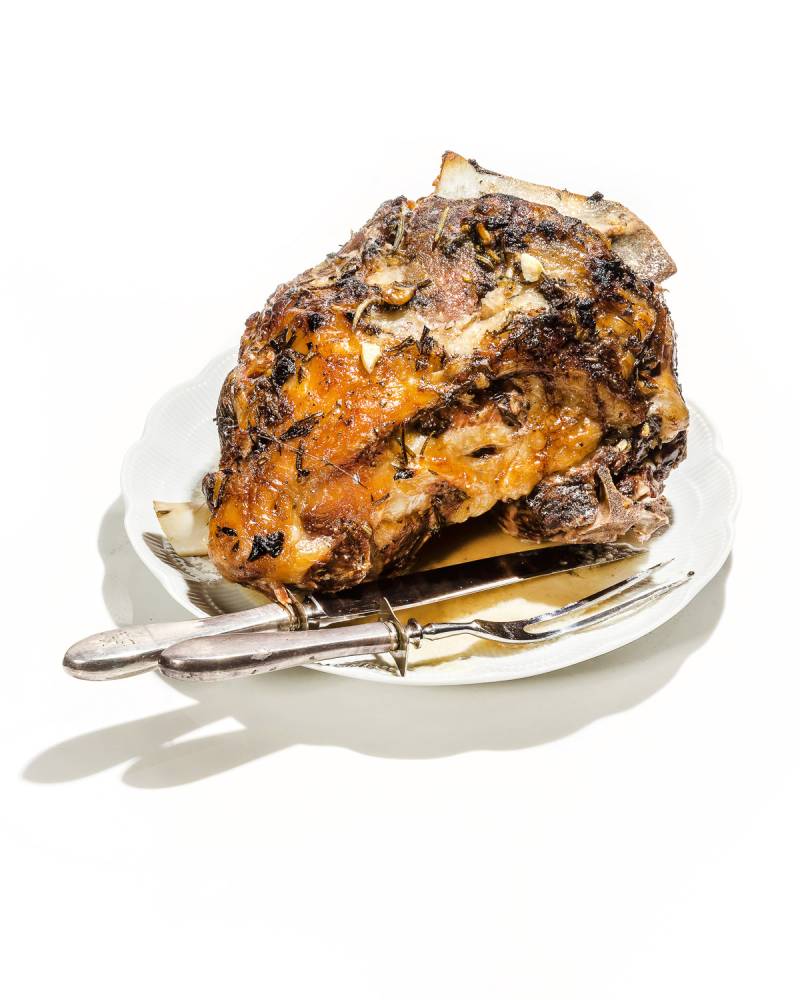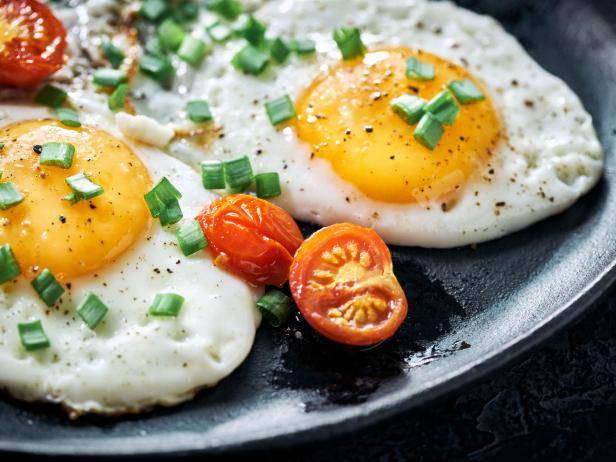With the world in the grip of a global energy crisis, hundreds of millions of people are now facing fuel poverty this winter as they struggle to keep their homes warm. The consequences could be wide-reaching and long-lasting, finds Chris Baraniuk.
On the coldest mornings, Mica Fifield doesn't need an alarm clock. The pain in her joints wakes her up. Her legs and knees hurt the most. Lying there, she knows that there are things to do around the house. But it's hard to get out of bed. The heating in her terraced home in Lancashire, England, is off. The dormant radiators, pinned to their walls, sit there, chilly to the touch.
There's condensation around the windows. And the pain digs in so much more now the weather is turning. "We don't touch the heating whatsoever," says Fifield, explaining how the price of her gas and electricity have gone up recently. She and her husband aren't sure exactly what it will cost them to put the heating on and they don't have the luxury of finding out. She just says: "We're too scared." It's still early in the autumn when we speak. And although temperatures will only drop further in the coming months, the couple currently plans to keep their heating off for the entire winter, if they can. Fifield is 27 and suffers from a form of Ehlers-Danlos syndrome, which in her case causes chronic pain. She also has some other conditions including costochondritis – inflammation around the bones in her chest.
It makes it feel like she's having a heart attack, she explains. It causes pain and the sensation of something weighing down on her chest. A few years ago, she had planned to work in physical theatre and teach Zumba, but that all changed with her diagnosis. She is unable to work but receives benefits from the government while her husband works part-time and helps to care for her. The energy crisis currently blighting the lives of so many around the world is taking its toll on some of the most fundamental activities of life. When Fifield goes to the kitchen to make dinner, for example, she rarely puts the oven on – the air fryer consumes less energy. Fifield also worries about whether she'll be able to charge up her mobility scooter enough to get about. She likes to go to the swimming pool four times a week since that helps her pain – and because that's where she can get a hot shower.
Despite these challenges, Fifield doesn't feel sorry for herself, she says. That's not how she views her situation. But she does say she wants to raise awareness around chronic pain and how living in a cold home can make it so much worse. Fifield's story of hardship and resilience is just one of millions that are likely to unfold this winter. Thanks to rising fuel and electricity bills, many other people around the world could be forced to make difficult choices about when, or if, they turn on their heating. Elderly people will wrap themselves in coats, scarves, and gloves to sit in their living rooms. Parents will worry about whether their babies are warm enough, as they add an extra blanket to their cots. Gas fires will go unlit. Electric heaters will be left, impounded, at the back of cupboards. Couples will argue about whether now – now! – is the time to adjust the thermostat and fire up the boiler at last? There's no choice. But no money to pay for it, either.
An estimated 36 million people in Europe were unable to keep their homes adequately warm in 2020. In the US, 16% of the country experiences energy poverty, including 5.2 million households considered to be above the Federal Poverty Line. And in China, 24-27% of middle-aged and older adults are estimated to live in energy poverty.
With the volatile energy market sending prices soaring, and the possibility of blackouts and gas shortages looming, particularly in Europe, the situation could become even worse.
Although the price rises are most extreme in Europe, US consumers are not likely to be immune from elevated energy costs. The International Energy Agency (IEA) has warned that the world is in the midst of its first truly "global energy crisis" – largely triggered by Russia's invasion of Ukraine. Many millions of people are likely to be affected but the greatest burden will fall on the poorest and most vulnerable.
The health consequences of all this are not trivial. Scientific research makes clear that cold homes are harmful for their occupants and sometimes even deadly, too. There's a higher risk of stroke, respiratory infection and falls or other injuries due to people's reduced strength and dexterity in low temperatures. Cold homes can have both short and long-term consequences for a person's health, wellbeing and even their opportunities in life.
Now that the Northern Hemisphere's summer of 2022 is passing into memory, doctors are already speaking to patients concerned about chilly conditions in the coming months. Charity workers are directing funds to help the most vulnerable pay for a little heating each week. Some organisations are planning to hand out parcels of warm clothes or set up warm spaces to which people can travel, if they're able, to avoid shivering at home.
Some health experts argue that this is not just a fleeting moment of hardship. They say it is a public health dilemma. And we ignore it at our peril.
We're seeing whole families sitting round a dinner table wearing coats – Paul Doherty
It is mid-morning at a foodbank in West Belfast, Northern Ireland. Carrier bags stuffed with food sit in rows on shelves, ready for delivery. There are boxes of breakfast cereal, tins of soup or beans. Packets of pasta. And nappies. Laboring by a shopping trolley filled to the brim with boxes of cooked ham, donated that morning by a local business, is Paul Doherty. He is a poverty campaigner, former political candidate, and volunteer who founded an organization called Foodstock, which runs this foodbank. He soon packs the ham into a large fridge.
Foodstock is one of several charitable organizations providing food aid in Belfast but it alone supports around 400 households, and numbers are rising, says Doherty. He and his fellow volunteers offer a lot more than food. There's help with benefits and free clothing, including school uniforms at certain times of the year. Now that autumn has arrived, conversations with locals are increasingly turning toward the cost of heating.
"To be honest with you, it's people at their wit's end," he says. "You're seeing the worry and despair in their face." He stresses that fuel poverty is not a new phenomenon. Earlier this year, he says he met an elderly man who, like Fifield plans to in the coming months, kept his heating off throughout the entire previous winter. Lately, Doherty has had early morning calls from distressed parents. They've got up to get the kids ready for school. But the house is freezing. "We're seeing whole families sitting around a dinner table wearing coats.
That is a reality. I've seen that multiple times," he says. As we're talking, a smiling woman arrives and passes a paper envelope to Doherty. It's a financial donation that will go into a fund to help pay for people's heating, he explains after she leaves. Health issues come up frequently in conversations in the community, he adds. He hears about children with asthma. People say their mental health is suffering due to the unrelenting misery of living in a frigid house. They worry. They withdraw.
To fully understand why this is such a problem, it's important to get past the misconception some may have that a cold house is merely uncomfortable. Low temperatures affect the very functioning of our bodies, says Dame Margaret Whitehead, professor of public health at the University of Liverpool, in the UK.
Take blood as an example. When the mercury drops, our blood vessels narrow slightly. This raises blood pressure and hampers circulation. Our blood also becomes thicker, partly due to an increase in the levels of a protein called fibrinogen and other molecules that cause clotting. The ultimate consequence of these changes could be a stroke or heart attack.
People who have cancer, arthritis or certain disabilities can be particularly sensitive to the cold, adds Whitehead. But there are less obvious problems, too. Consider those who may choose to wear a coat indoors or a pair of gloves to keep the cold away. "If you've got all sorts of layers on, it certainly would restrict your mobility," says Whitehead. For an elderly person, for example, that could increase the chance of having a fall or some other injury at home. As for chronic pain, not everyone who experiences it reports worsened symptoms when it is cold, as Mica Fifield does, but there are plenty of examples. A 2016 case study described a woman with Ehlers-Danlos and other conditions who noticed that pain in her arm and nose was present mostly during spells of cold weather. Sitting at home on cold days certainly doesn't help, says Fifield. "If I'm doing something like reading or I'm holding my phone, the pain will start in my arm and then it kind of just spreads."
Besides the direct effects of low temperatures, other environmental factors in cold homes can impact people's health – such as dampness and mould, which are more common in poorly heated houses.
The spores released by mold fungi irritate people's lungs and can exacerbate conditions such as asthma. One nine-year study showed that living in damp and moldy conditions for long periods is significantly related to a decline in lung function, for example: how much air people can expel in one second of breathing out.
Children living in damp, moldy houses have an increased risk of respiratory infections. This has worried public health experts given that some children's immunity might already be impaired as a result of the pandemic lockdowns.
Even the very youngest children are at risk. Ian Sinha, a consultant respiratory pediatrician, treats babies born preterm at Alder Hey Hospital in Liverpool, UK. Some of these babies require mechanical ventilation and are sent home with oxygen supplies on their original due date so long as they are ready to leave the hospital.




